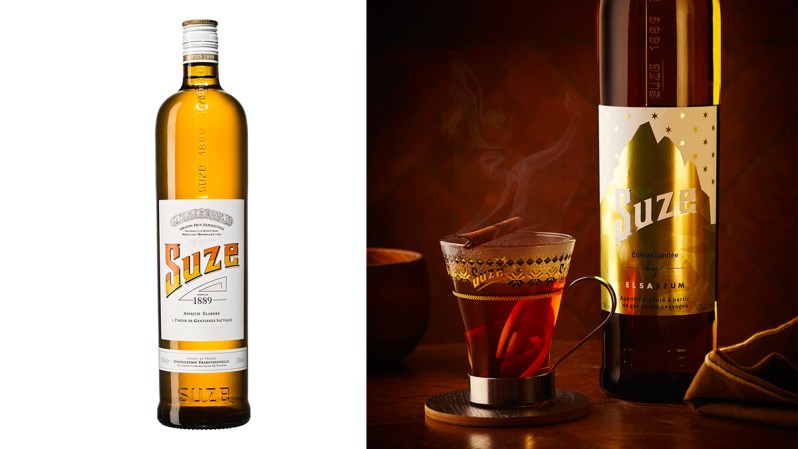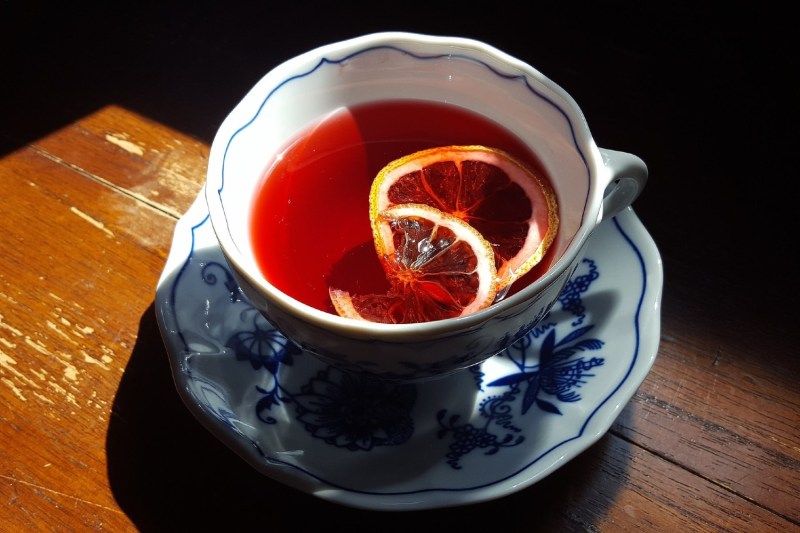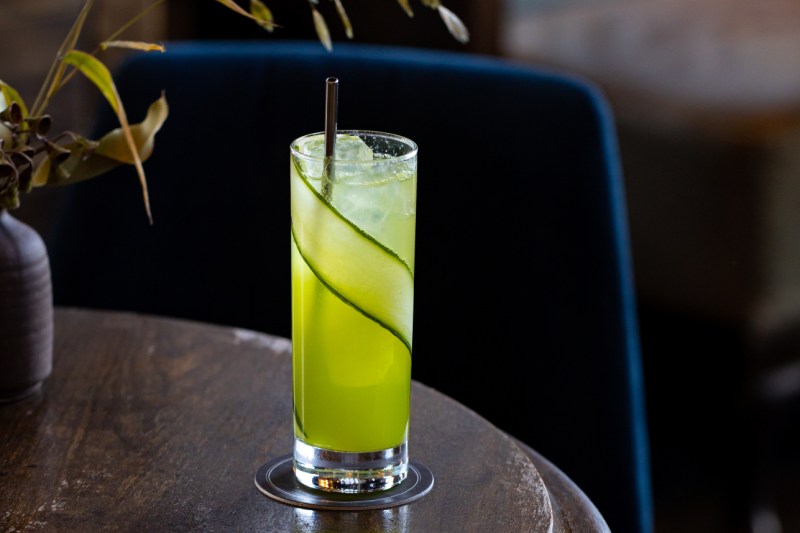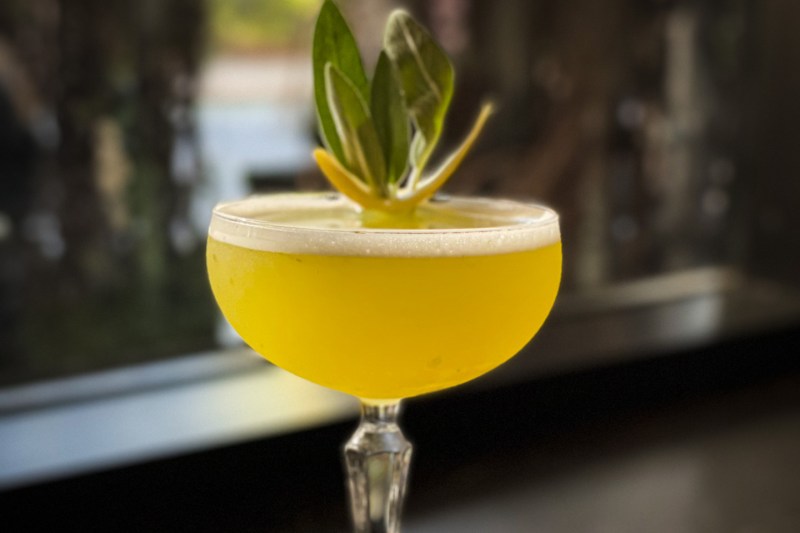Suze is a ubiquitous feature at the bar, but it hasn’t always been that way. In fact, the Swiss brand of bitters made its splash stateside just a decade ago. Needless to say, it’s gained quite a following since and is counted on in a number of great cocktails.
It may never be as popular here as it is in Europe (France especially), but Suze should still be on your radar. If you like aromatic liqueurs that can really inject some personality into a cocktail, this one is worth having on hand. Plus, the bottle looks cool and the label is a bonafide work of art.
What is Suze?
Suze is, plainly, a bitter aperitif (which we are no strangers to here). The main ingredient is gentian root, specifically the species gentiana lutea (Great Yellow Gentian), which imparts the bitter, vegetal flavors the drink is known for. Gentian is also used in a number of other beverages — both alcoholic and non-alcoholic — such as Gentian (obvious, right?) and the soft drink, Moxie. The plant grows in Switzerland and France, which is a great segue into …

Where is Suze from and when was it created?
Suze was originally created in the 1880s (made in 1885, it wasn’t put on the market until 1889) by Fernand Moreaux in the Swiss village of Sonvilier. The name has two origin stories, both of which are acknowledged, but neither can be confirmed. The first says that Suze is a reference to Moreaux’s sister, Suzanne. The second states that it is called Suze because of the Suze River, which runs near where Moreaux is said to have gathered the ingredients needed to make the spirit. Suze got its big break in 1889 when Moreaux brought it to the Exposition Universelle (“World’s Fair”) in Paris.

Suze grew in popularity after its introduction in France, going so far as to be the focus of the Pablo Picasso piece La bouteille de Suze (Bottle of Suze), which was painted in 1912.
Currently, Suze is made in Thuir, France, near the border of Spain. The creation of Suze happens over the course of a little over a year. First, the prepared gentian is left to macerate in alcohol for at least a year. The gentian roots are pressed for the liquid, which is then used in distillation. From there, other aromatic ingredients are added to create the final product.
How do you use Suze?
Relatively low in alcohol (only 20 percent ABV), Suze is a bit of a renaissance spirit, functioning well in a number of different environments and drinks. Depending on what you’re trying to do and what your palate is like, there’s a good chance you’ll be able to use Suze. The first choice would be straight or on the rocks. Other simple options are Suze and soda, Suze and tonic, or as an additive to classic drinks like Martinis. This way, you get to see the flavor profile at work before you start adding it into cocktails.

Consider it in other staples too, like a White Negroni or a riff on the classic Sazerac. Still want more? Check out the following cocktails.
Suze des Montagnes

Here, Suze mixes it up with hot water and tea, along with some soothing additions like cinnamon and citrus. It’s a cold-weather sipper just in time for the fall season and falling leaves.
Ingredients
- 1 3/4 ounces Suze
- 2 ounces of hot water
- 2 ounces bergamot tea
- 1/4 ounce cinnamon syrup
- 1/4 ounce vanilla pod
- 1 slice each orange and lemon zest
Method
- Add liquid ingredients to mug and mix.
- Add zests and vanilla pod and serve.
Stargazer

This Death & Co. cocktail is as dazzling in flavor as it looks. It’s from the company’s Denver outpost and showcases Suze beside spicy vodka, Japanese liqueur, and more.
Ingredients
- 1 ounce Ketel One Vodka
- 1/2 ounce Suze
- 1/4 ounce St. George Green Chile Vodka
- 1/4 ounce Midori
- 3/4 ounce lime juice
- 3/4 ounce cucumber syrup
- Top with seltzer
Method
- Short shake all ingredients besides the seltzer and strain into a Collins glass over a large cube.
- Top with seltzer and garnish with a cucumber ribbon.
Ranch Water

Here’s an upscale Ranch Water from NYC’s Blackbarn. It takes on the usual lime and agave and adds aromatics with gin, along with Suze and some pineapple and cilantro.
Ingredients
- 1 3/4 ounces Botanist Gin
- 1/2 ounce Suze
- 1 1/4 ounces pineapple cilantro puree
- 3/4 ounce lime
- 3/4 ounce agave
Method
- Combine all ingredients in a shaker and shake vigorously.
- Double strain into a coupe glass with a blade leaf.
- Garnish with a lemon twist.



